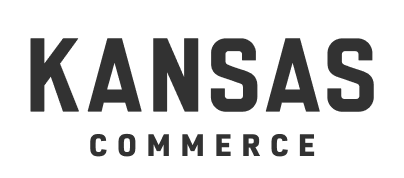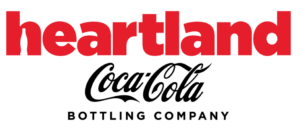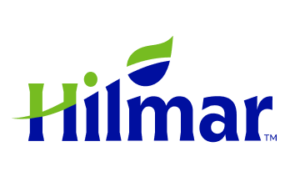Outreach efforts and partners. KOBD immediately understood that identification of and outreach to diverse and local stakeholders is the foundation for success in closing the digital divide. KOBD conducted a statewide “Broadband Roadshow” in the spring of 2023, with staff traveling over 50,000 miles and presenting events in 26 locations. These meetings served as the initial introduction of KOBD to the residents, businesses, local officials, non-profits, CAIs, and associations of Kansas, and were designed to meet Kansans “where they are and live.”
Key outreach efforts and partners:
- In the late fall and early winter of 2022, KOBD conducted social media campaigns to encourage Kansans to review the Federal Communications Commission (FCC) recommended broadband service maps to determine the accuracy of the representation.
- KOBD facilitated meetings with all four Sovereign Tribal Nations to discuss their broadband needs and specific, unique funding opportunities.
- The Digital Equity Advisory Council (Advisory Council) was created in January 2023 to act as an advisory adjunct of KOBD to assist in DEA planning. This Advisory Council consists of members from education, healthcare, library, sciences, banking, non-profits, industry, Sovereign Tribal Nations, National Telecommunications and Information Administration (NTIA) and National Digital Inclusion Alliance (NDIA). The broad and varied experience available from council members offers KOBD a broad range of support, advice, and input to planning. Advisory Council meetings are held bi-weekly to review current KOBD plans and seek feedback and guidance.
- KOBD held planning meetings with key state departments and agencies on the plans, timelines, and priorities of BEAD funding. Agencies were identified that either represented support and administration of programs that support covered populations, or agencies that impacted the planning, execution and security of infrastructure facilities in Kansas. Continued engagement with these partners and all other key stakeholders will be a hallmark of KOBD’s work.
- In addition to attending dedicated and individualized meetings with ISPs, KOBD hosted two (2) provider meetings to review timelines, funding, planning requirements and the cooperation needed from all providers. KOBD also hosts biweekly industry roundtable meetings.
- KOBD conducted outreach to organizations serving the covered populations of Kansas to present the BEAD and DEA planning efforts, understand their broadband needs, and document barriers or limitations within their organizations and/or communities.
- KOBD and its partners, including Wichita State University, the University of Kansas, and the Kansas Farm Bureau, distributed surveys to gather statewide data on key elements of broadband and digital equity assets available in the state.
- An additional survey was conducted to determine workforce gaps amongst the internet service providers in the state to ensure successful BEAD execution. Data from these surveys has been instrumental in shaping this plan, and continued collection of data through additional surveys and other instruments will help guide decisions by ensuring maps, strategies, and asset inventories are current and accurate.
- KOBD met with the leadership teams from the eight Economic Development (ED) regions to detail BSLs, CAIs and funding gaps in each region and to hear feedback on specific broadband needs in their areas.
- KOBD launched a website for residents of the state to conduct speed tests and provide demographic survey data in support of our BEAD and DEA efforts.
- KOBD maintains a public facing website and regularly publishes the Kansas Broadband Newsletter.
Early in the BEAD and DEA planning effort, KOBD adopted an aggressive local outreach plan. With a goal to hear from Kansans across the state, structured and organized plans were created for the Roadshow, surveys, agency meetings, ED discussions, partnership meetings and state agencies. Our efforts reflect a wide range of intentional collaboration, partnerships and community involvement to collectively rise to this great challenge.







